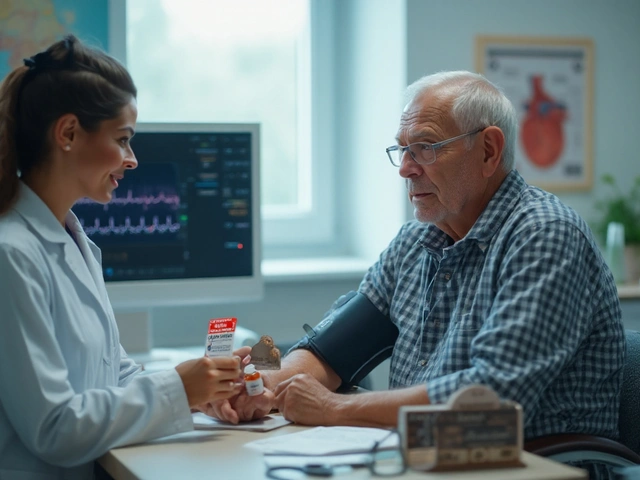Tumor progression: what it means and what to watch for
Tumor progression means a tumor grows, spreads, or becomes more aggressive over time. That sounds scary, but understanding what drives progression helps you spot changes early and work with doctors on the best plan. This page gathers clear, practical info about how doctors monitor tumors, common warning signs, factors that speed progression, and treatments aimed at slowing or stopping it.
How doctors track progression: imaging tests like CT, MRI, and PET scans show size and spread. Blood tests can track tumor markers for some cancers. Doctors compare new scans to old ones to see real growth. Timelines matter: some tumors change slowly over years, others shift within weeks.
Common signs and symptoms
Symptoms depend on the tumor type and location. New or worsening pain, sudden weight loss, persistent fatigue, unexplained fevers, or new neurological symptoms like headaches or numbness are red flags. If a long-term symptom suddenly gets worse, tell your doctor. Small changes caught early can matter.
What speeds up progression? Tumor biology is the main driver: some cancers have genes that make them grow faster. Lack of treatment or stopping treatment early can let tumors come back. Lifestyle factors — smoking, heavy alcohol use, poor sleep, and uncontrolled chronic diseases — can worsen outcomes. Infection or inflammation nearby can also help a tumor spread.
Treatments that aim to slow progression
Treatment choice depends on tumor type, stage, and your overall health. Options include surgery to remove visible tumor, radiation to target growth, chemotherapy to kill fast-dividing cells, targeted drugs that block specific cancer pathways, and immunotherapy to boost the immune system. Sometimes doctors combine these treatments to get better control.
Other tools include hormone therapies for certain cancers and maintenance medicines that keep the disease stable. Clinical trials sometimes offer newer drugs designed to stop progression when standard options fail. Ask your doctor about trials if standard care isn’t working.
Monitoring and follow-up matter. Regular scans, lab checks, and clinic visits help catch progression early. Keep a symptom diary — when something starts, how often it happens, and what makes it better or worse. That detail helps your team make smarter decisions.
Practical tips you can use: quit smoking, limit alcohol, eat balanced meals, stay active within your limits, manage stress and sleep, and keep other health conditions like diabetes and high blood pressure under control. Small changes don’t cure cancer, but they can improve treatment response and quality of life.
When to call your doctor: any new, persistent, or worsening symptom. If treatment side effects feel unmanageable, ask for help rather than stopping medication. Your care team wants to adjust doses, manage symptoms, or suggest alternatives.
This tag brings articles, drug guides, and patient tips related to tumor progression and cancer care from NowRx.com. Use these resources when you need clear options and plain-language explanations to bring to your doctor. Bookmark this tag and check back often — new posts, treatment updates, and patient stories appear and can help you ask better questions at appointments today online.




